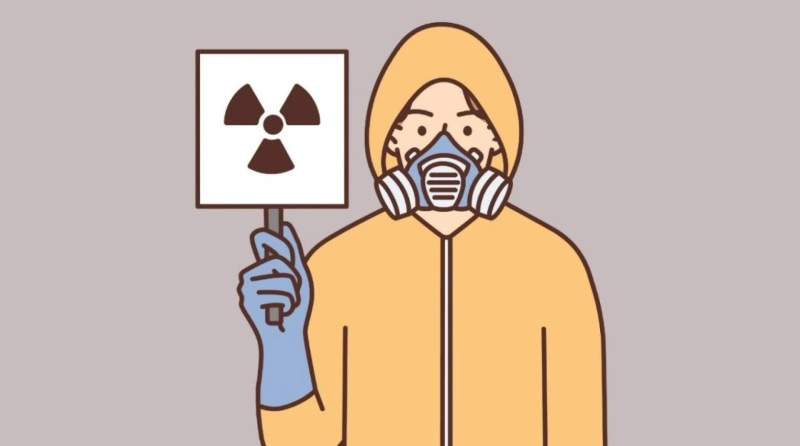What to Know About Respirator Fit Testing in New Zealand
One of the components of ensuring worker health and safety is practising regular respirator fit testing in NZ workplaces.
Fit testing is a requirement for employees wearing tight-fitting respirators, whether it's a reusable or disposable respirator. This process ensures the user wears the correct size respirator and that it provides adequate protection. We discuss more about the importance of respirator fit testing in NZ.
What is the difference between qualitative and quantitative fit testing?
Respirator fit testing is a requirement of the AS/NZS 1715 standard for worker safety and protection. There are two main types of respirator fit testing methods:
Qualitative fit testing
Qualitative fit testing utilises a test agent, such as a bitter or sweet solution, to detect leakage around the respirator seal. The person wearing the respirator performs a series of exercises, such as bending over or moving their head side-to-side, while the test agent is present. If the individual can detect the test agent, it indicates a leak in the respirator seal and requires adjustments.
Quantitative fit testing
Quantitative fit testing uses specialised equipment to measure the amount of leakage around the respirator seal. It typically consists of a machine that measures the concentration of a test aerosol inside and outside the respirator during various exercises.
The machine then calculates a fit factor based on the difference between the inside and outside concentrations of the aerosol. A higher factor indicates a better fit and more optimal protection.
Qualitative and quantitative fit testing ensures that respirators adequately protect against airborne hazards. The type of fit testing used will depend on the specific respirator and the regulatory requirements for the assigned job.
What is the significance of respirator fit testing?
Respirator fit testing is paramount for ensuring adequate protection against airborne hazards.
A loose respirator can allow contaminated air to leak into the mask, which can lead to exposure to hazardous substances. Overlooking this can result in various health problems, ranging from respiratory irritation to severe lung diseases.
A properly fitting respirator forms a seal around the face, preventing contaminated air from leaking through gaps. Respirator fit is affected by several factors. These factors include the face shape and size, the type and design of the respirator, and any facial hair or other personal protective equipment (PPE) that may interfere with the seal.
It's important to note that fit testing is not a one-time event. Respirator fit can be affected by changes in the individual's weight, facial hair, or dental work, as well as changes to the respirator or the conditions of its usage. Therefore, regular fit testing is necessary to ensure ongoing protection.
Employers are responsible for ensuring their workers have adequate training on wearing respirators and performing fit testing.
Performing respirator fit testing in NZ in a controlled environment, such as a laboratory or medical facility, by a trained and qualified individual ensures effective procedure. Fit testing is vital in the respiratory protection program, so employers and workers should take it seriously to ensure safety.


